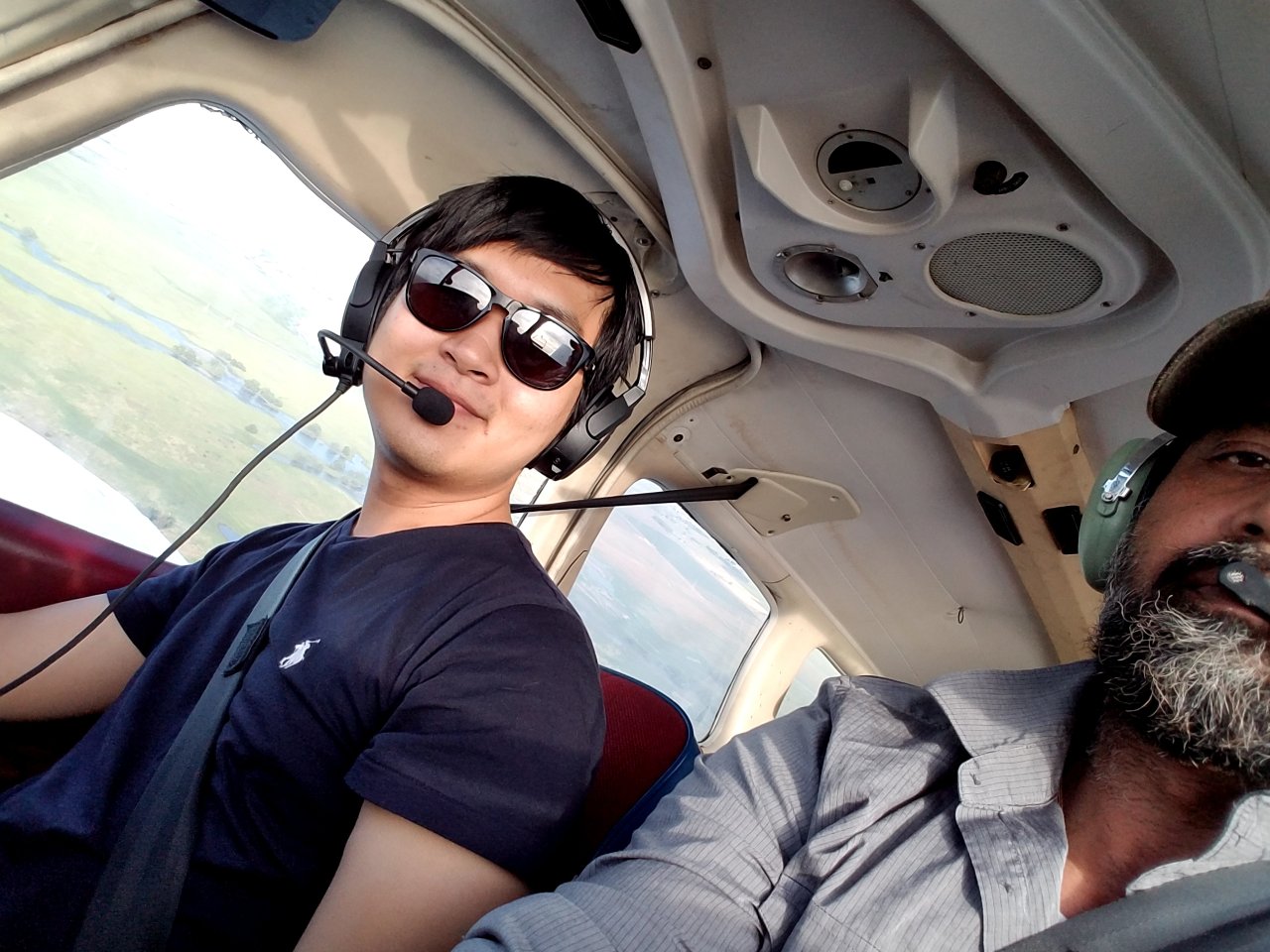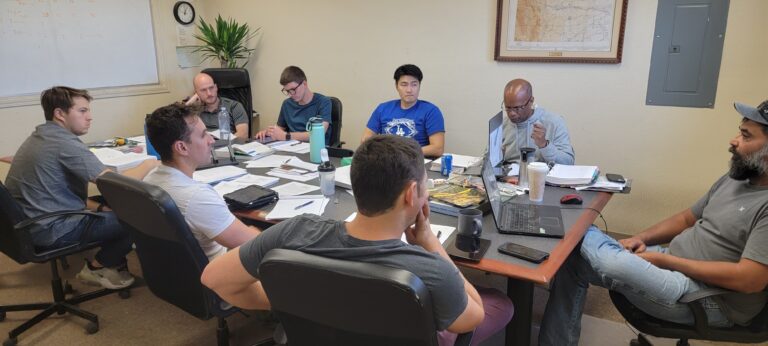If you’ve ever looked at the cost of flight training and wondered “why is it so expensive?” — you’re not alone.
Becoming a pilot is a significant financial commitment, but every dollar you spend supports the infrastructure, people, and safety systems that make aviation training possible.
This post breaks down where your money goes — and why every part of that cost directly contributes to your success, safety, and professionalism as a future pilot or flight instructor.
✈️ 1. Aircraft Are Complex Machines — and Safety Isn’t Cheap
Each training airplane represents hundreds of thousands of dollars in investment and maintenance. Keeping those aircraft airworthy, reliable, and safe requires:
Regular inspections (every 100 flight hours, by FAA regulation)
Annual inspections, magneto checks, compressions, oil analysis, and AD compliance
Engine and propeller overhauls every 1,800–2,000 hours
Avionics calibration and updates, plus ADS-B, transponder, and GPS database maintenance
Insurance premiums, which have risen significantly across the industry
When you pay for aircraft rental time, you’re not just paying for fuel — you’re helping cover the cost of maintaining a machine that’s safe, legal, and reliable enough to put your life in.
🧰 2. Fuel and Oil — The Obvious but Unpredictable Cost
AvGas (aviation gasoline) prices fluctuate just like auto fuel, but often higher due to refining and distribution costs.
Oil, filters, and lubricants are changed regularly to meet engine manufacturer requirements.
When fuel spikes by even $1 per gallon, the operating cost per hour for a trainer aircraft can rise by $10–$20. Rather than sacrificing safety or deferring maintenance, we keep aircraft standards high and adjust rates responsibly.
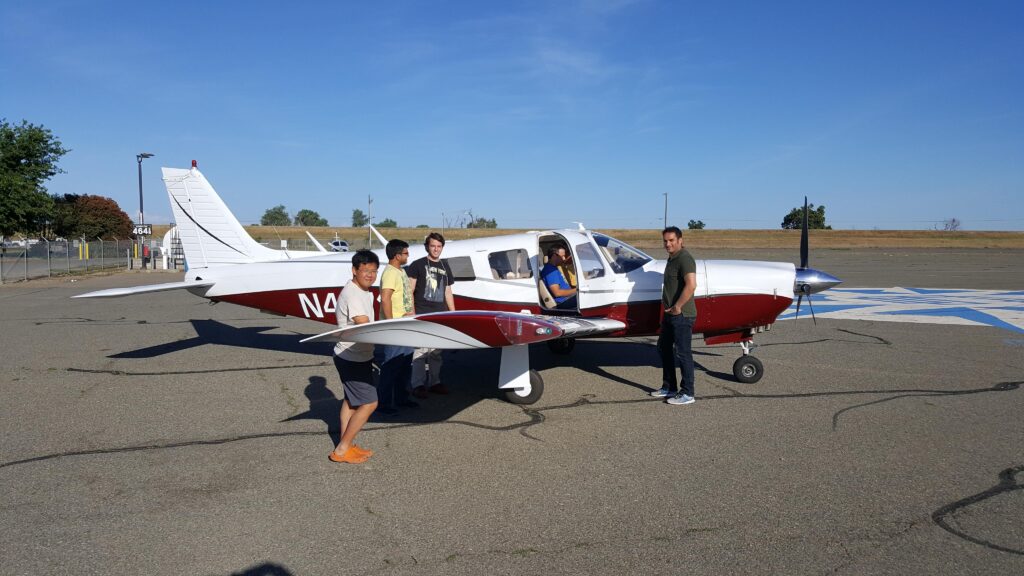
👩🏫 3. Instructors Are Professionals, Not Just Pilots
A great instructor doesn’t just teach maneuvers — they teach judgment, discipline, and professionalism.
Our instructors:
Hold FAA certifications and complete standardization and recurrent training.
Spend hours preparing lesson plans, grading progress, and scheduling flights.
Carry liability insurance and maintain proficiency to meet FAA and school standards.
Your training fees ensure these professionals are fairly compensated for their time and expertise — not only during flight, but also for pre- and post-flight briefings, student progress tracking, and safety oversight.
🛠️ 4. Maintenance Staff, Tools, and Compliance
Behind every safe flight is a team of certified mechanics (A&Ps and IAs) who inspect, troubleshoot, and repair aircraft daily.
They maintain detailed logs for every component — a legal requirement enforced by the FAA.
We also invest in specialized tools, hangar facilities, and diagnostic equipment that keep our fleet running safely and efficiently.
You might never see this part of the operation, but it’s one of the biggest expenses — and one of the most critical.
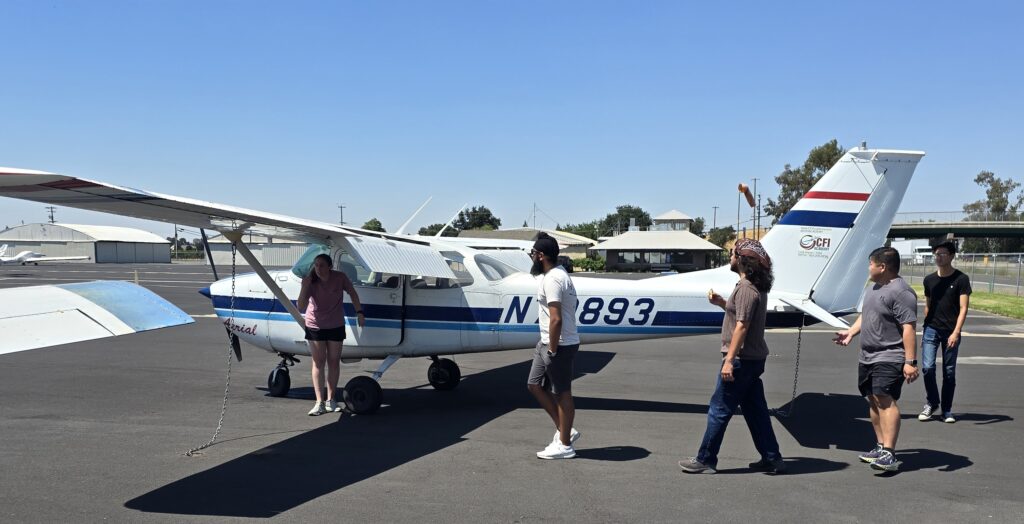
🏢 5. Facility, Utilities, and Airport Costs
A professional training environment includes:
Classrooms, briefing rooms, and simulators
Hangars, maintenance bays, and office space
Utilities, internet, software, and dispatch systems
Landing, parking, and tie-down fees charged by airports
These overhead costs ensure that when you show up to train, you have a structured, reliable, and FAA-compliant learning environment — not just a plane and a runway.
📚 6. Regulatory and Administrative Requirements
Every flight school operates under FAA oversight, and in California, also under state education regulations.
That means compliance with recordkeeping, TSA security checks, foreign student verification (AFSP), and insurance coverage.
We also maintain scheduling, accounting, and student record systems to ensure every flight is documented, billed fairly, and meets FAA standards for certification.
🪪 7. Insurance, Liability, and Risk Management
Aviation insurance is a major cost driver.
Policies must cover:
Aircraft hull and liability
Flight instruction and dual operations
Solo student use and renter coverage
Property, hangar, and general liability
Even with good safety records, annual premiums can reach tens of thousands of dollars per aircraft.
This ensures that every student and instructor operates under proper protection — a non-negotiable aspect of professional aviation.
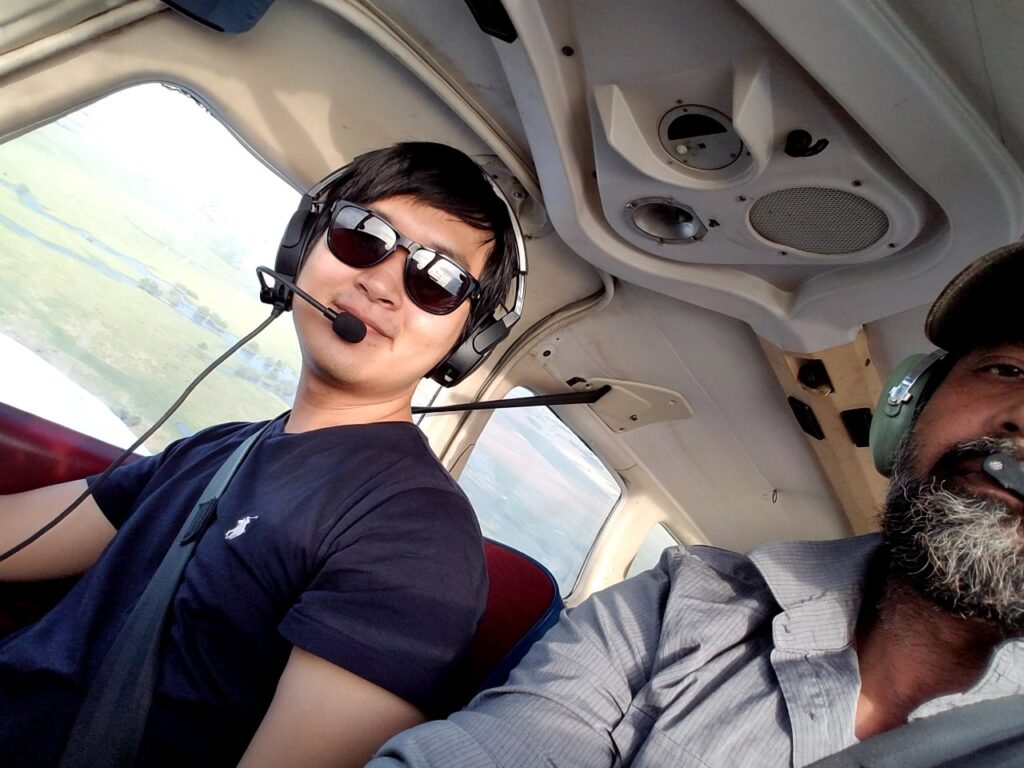
🧑✈️ 8. Your Tuition Funds More Than Flight Time — It Builds Your Career
When you invest in flight training, you’re not just renting an airplane. You’re investing in:
Safety (aircraft maintained to commercial standards)
Knowledge (expert instructors guiding your path)
Experience (professional operations mirroring real aviation environments)
Career preparation (developing habits that make you employable as a pilot or instructor)
Think of it as your first investment in your aviation career, not just a cost. Every professional pilot you admire made this same investment — and it paid off for the rest of their life.
⚖️ 9. Transparency, Fairness, and Real-World Preparation
Our school believes in full transparency — no hidden fees, no surprise add-ons, and no shortcuts.
We encourage students to review their flight and billing records, ask questions, and understand the real value of each lesson.
We also teach you how real-world operators budget and plan, because as a future pilot or instructor, you’ll need to understand aircraft economics too.
🧭 Final Thoughts — Investing in Your Aviation Future
Flight training isn’t cheap, but it’s one of the most meaningful investments you’ll ever make.
You’re not buying hours — you’re building skills, discipline, and a professional foundation that will carry you through a lifetime in aviation.
When you understand what your training dollars support — safety, quality, and professionalism — you can appreciate the true value of what you’re learning.
Ready to take the next step in your aviation journey?
Learn more about our pilot training programs or CFI courses and see how we’re helping future aviators build successful, professional careers in flight.

